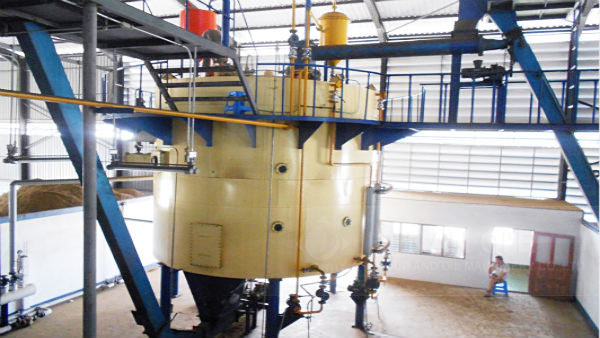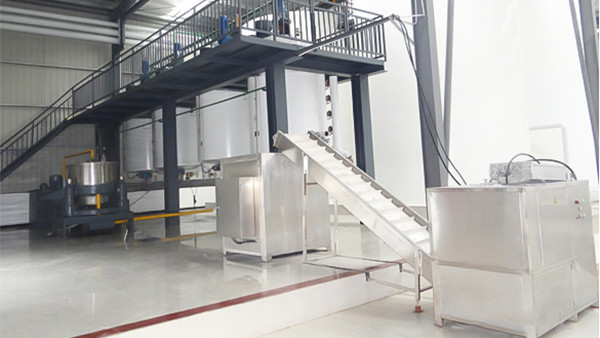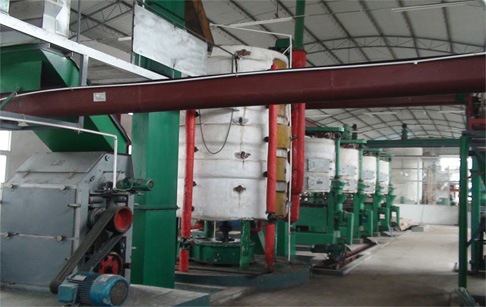Comprehensive Sunflower Seed Oil Processing: Enhancing Oil Yield and Quality Through Pre-Treatment
2025-09-30
Application Tips
This article provides an in-depth overview of the complete sunflower seed oil processing workflow, focusing on how pre-treatment steps such as cleaning and shelling critically influence oil yield and quality. It systematically dissects the four core stages: cleaning, shelling, pressing, and filtering, highlighting their impact on removing impurities, efficient seed shell removal, automation in pressing, and advanced filtration techniques. By optimizing these processes, producers can reduce energy consumption, improve product purity and consistency, and achieve oil yields between 35% and 50%. Practical guidance and troubleshooting tips are also offered to streamline operations and address common production challenges.

Sunflower Oil Processing: How Pretreatment Enhances Oil Yield and Quality
Sunflower oil production is a competitive industry where efficiency and quality dictate market success. Understanding the comprehensive processing workflow—from pretreatment to final filtration—is essential for manufacturers aiming to maximize both yield and purity. This article explores the key stages of sunflower seed oil processing, focusing on how pretreatment steps significantly improve oil extraction rates and ensure premium oil quality.
1. Pretreatment Phase: The Foundation of Efficiency
The pretreatment phase primarily involves cleaning and dehulling (shell removal). These steps are crucial in enhancing the purity of raw materials and boosting oil yield.
- Cleaning: Removing impurities such as dust, stones, and broken seeds prevents equipment wear and contamination, improving oil clarity and taste.
- Dehulling: Effective shell removal exposes kernels, increasing oil accessibility. Modern dehulling equipment achieves 90% shell removal efficiency, reducing shell fragments that lower oil quality.
Typically, pretreatment can improve oil yield by up to 10-15%, pushing extraction rates from a baseline of 35% to above 45% under optimal conditions.
2. Pressing Technologies: Choosing Between Screw and Hydraulic Presses
Two primary pressing technologies dominate sunflower oil extraction:
| Technology |
Advantages |
Ideal Use Case |
Automation Level |
Typical Oil Yield |
| Screw Press |
Continuous operation, high throughput, lower manpower |
Large-scale, industrial production |
High (semi-automatic to fully automated) |
40-50% |
| Hydraulic Press |
Higher pressure, better oil quality preservation |
Small to medium batch, premium product lines |
Manual to semi-automatic |
35-45% |
Integrating smart automation into screw presses can reduce energy consumption by up to 15% and improve consistency significantly.
3. Filtration Techniques: Ensuring Clarity and Stability
The final filtration step determines the oil’s clarity, shelf-life, and compliance with quality standards. Filtration types include:
- Physical Filtration: Utilizes mesh filters or filter presses to remove suspended solids. Suitable for initial clarification but may leave small particulates.
- Precision Filter Cartridges: Employ micro-porous membranes ensuring removal of fine impurities, enhancing oil transparency and stability.
Employing a two-stage filtration system increases oil clarity by over 30% compared to single-step filtration, verified through standardized turbidity tests.

4. On-site Operational Guidelines & Troubleshooting
For frontline operators, streamlined guidelines improve efficiency and reduce downtime:
- Cleaning & Dehulling Checkpoints: Use consistent moisture control (optimal 8-10%) to prevent clogging and maintain hull integrity.
- Press Monitoring: Monitor hydraulic pressure and screw speed regularly to avoid overheating and maintain optimal extraction.
- Filtration Maintenance: Replace filter cartridges every 500 operating hours or if turbidity exceeds 2 NTU to maintain oil clarity.
A quick troubleshooting checklist for common issues such as low yield, inconsistent oil color, or equipment jams can reduce response time by 40%.

5. Addressing Industry Challenges with Data-Driven Solutions
Variability in raw material quality and oil color stability continues to challenge producers. Solutions include:
- Raw Material Standardization: Supplier audits and pre-delivery sampling reduce quality fluctuations by up to 25%.
- Process Control Automation: Real-time sensors monitor moisture and temperature to maintain consistent processing conditions.
- Oil Stabilization Techniques: Controlled bleaching and deodorization improve color consistency without sacrificing nutrients.

Discover Advanced Sunflower Oil Processing Technologies – Get Expert Guidance Today!





